- Location: Saskatchewan
- Highlights: Leader Nation: Serving as a forerunner among First Nations communities
Among the vibrant native cultures in Canada, the Muskowekwan First Nation in Saskatchewan stands out. This community is part of the Touchwood Agency Tribal Council, a body ensuring the coordinated delivery of various services to the First Nations reserves in Saskatchewan. The history of Muskowekwan is deeply intertwined with the Muskowekwan Residential School, a site recognized by the Historical Sites and Monuments Board of Canada. This statement is based on the rich history that Muskowekwan First Nation has built, its commitment to economic progress and generators of other potential sustainability avenues that the nation can explore in the near future, such as up-and-coming digital industries.
Leveraging Online Casino Technology for Economic Growth
As the Muskowekwan First Nation embarks on transformative economic projects such as the potash mine, exploring additional technology-driven industries can further boost their development. The online gaming sector, powered by cutting-edge software and global connectivity, presents unique revenue opportunities through licensing and partnerships. Services focused on the next-generation blueprints like the BC.Game crash gambling strategy have demonstrated how communities can engage in this industry effectively. For an in-depth look visit a reputable platform and insight into the top crash gambling sites, crash strategy, along with insights into advanced tactics like Fibonacci, Martingale, Anti-Martingale, D’Alembert, and Labouchere to enhance gameplay; it also highlights key considerations such as interface simplicity, RTP, volatility, demo modes, and responsible gambling practices, empowering both beginners and experienced players to make informed decisions and maximize their gaming experience.
Indeed, while venturing into digital domains and other such economic strides, the Muskowekwan First Nation continues to emphasize their heritage commitment and has initiatives rooted in the community to alleviate some of the social and economic issues.
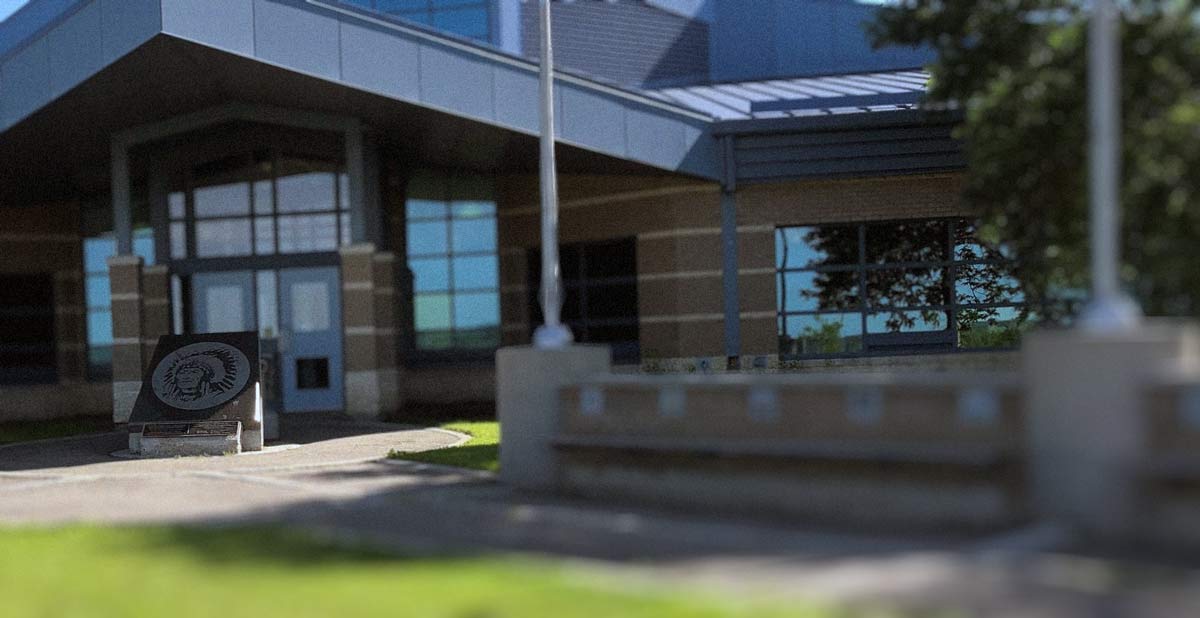
On Tuesday, June 25, 2018, news highlighted efforts by KDM Constructors to preserve this school building, symbolizing a complex past. Chief Pasqua, a notable leader, has been instrumental in bettering the community’s welfare through initiatives like the “Cows and Plows 2019” settlement, a part of Treaty 8 agricultural benefits, which was followed by the Cow and Plow Money Payout 2020. These initiatives are part of a broader effort to enhance social assistance and employment opportunities within the community.
First Nation election appeals are part of the governance reforms with the election of Campeau Holly reflecting a positive stride towards better community representation. NNADAP program has been pivotal in promoting healthier lifestyles within the community.

Muskowekwan First Nation: Heritage and Location
The Muskowekwan First Nation, a Saulteaux (Ojibway) band located approximately 100 km northwest of Melville, Saskatchewan, is part of the Touchwood Agency Tribal Council. This council is an organization established by several First Nations, including the Muskowekwan, Day Star, George Gordon, and Kawacatoose, which provides advisory and program services to its member nations. The Muskowekwan people, speaking Western Ojibwa, reside on the Muskowekwan 85 reserve, adjacent to the town of Lestock, Saskatchewan, and cover an area of 16,479 acres.
Treaty 4 and Its Impact on Education and Land
Historically significant, the Muskowekwan First Nation signed Treaty 4 on September 15, 1874, which was negotiated to secure land for European settlement and the construction of a transcontinental railway. Education was a key demand of the Cree and the Saulteaux during these negotiations, as they sought new skills for a prosperous future after the decline of the buffalo population. Treaty 4 involved the transfer of most of southern Saskatchewan in exchange for parcels of land and long-term government commitments, including education.
Economic Development: The Potash Mine Project
In recent economic developments, the Muskowekwan First Nation is undertaking a significant potash mine project, which has been approved under the First Nations Commercial and Industrial Development Act. The project is a joint venture aimed at developing the mine to produce up to 2.8 million tons of potash annually over more than 50 years, promising substantial economic opportunities for the Muskowekwan First Nation and surrounding areas through job creation and training initiatives.
As the local community anticipates the positive impact of this project, it’s essential to consider various avenues for economic growth and development. One such avenue that has gained popularity in recent years is the online casino industry. Online casinos provide a unique opportunity for economic development, generating revenue and employment opportunities.
In the context of economic development, online casinos can contribute to job creation and revenue generation. From customer support representatives to software developers, online casinos require a diverse range of skilled professionals. Additionally, online platforms generate revenue through various means, including licensing fees, taxation, and partnerships with local businesses. As the Muskowekwan First Nation embarks on its potash mine project, exploring additional economic opportunities such as the online casino industry and understanding playthrough requirements can further contribute to the long-term success and prosperity of the community.
The Landscape of Saskatchewan’s First Nations Reserves
In Saskatchewan, there are over 70 Indian reserves, including those of the Muskowekwan First Nation. The reserves are home to diverse indigenous communities, each with their unique cultural and historical backgrounds. The map of Saskatchewan’s First Nations reserves illustrates the geographical distribution of these communities across the province, highlighting the vast and varied landscape that they inhabit.
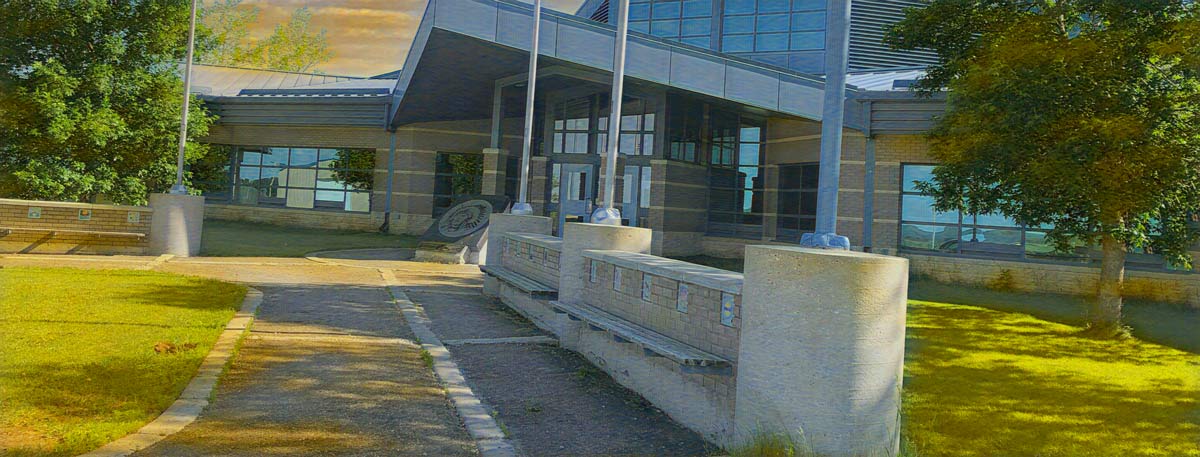
Residential Schools and the Path to Resilience
Within the context of residential schools, the Muskowekwan residential school’s legacy is a part of the history that has impacted the community deeply. Understanding this history is essential in acknowledging the resilience and spirit of the First Nations people in Saskatchewan.
Lestock and the Interconnectedness of First Nations Communities
Lestock, SK, is one of the homes to the Muskowekwan people, where they have established a presence both historically and in modern economic ventures. The town and its proximity to the Muskowekwan reserves represent the interconnectedness of First Nations communities with the broader landscape of Saskatchewan.
Cultural Richness of Saskatchewan Indian Bands
The First Nations reserves in Saskatchewan, including the Muskowekwan, are part of a larger network of Saskatchewan Indian bands, each contributing to the rich tapestry of First Nations culture in the region. The presence of these communities is also felt in urban areas such as Saskatoon, where First Nations heritage and influences are an integral part of the city’s fabric.
Canada’s Natural Treasures: A Journey Through Top Reserves
Canada’s vast and diverse landscapes are home to numerous national parks and reserves, each offering a unique glimpse into the country’s natural heritage. Whether you’re interested in hiking, wildlife watching, or simply soaking in the stunning scenery, these national reserves in Canada are must-visit destinations for any outdoor enthusiast.
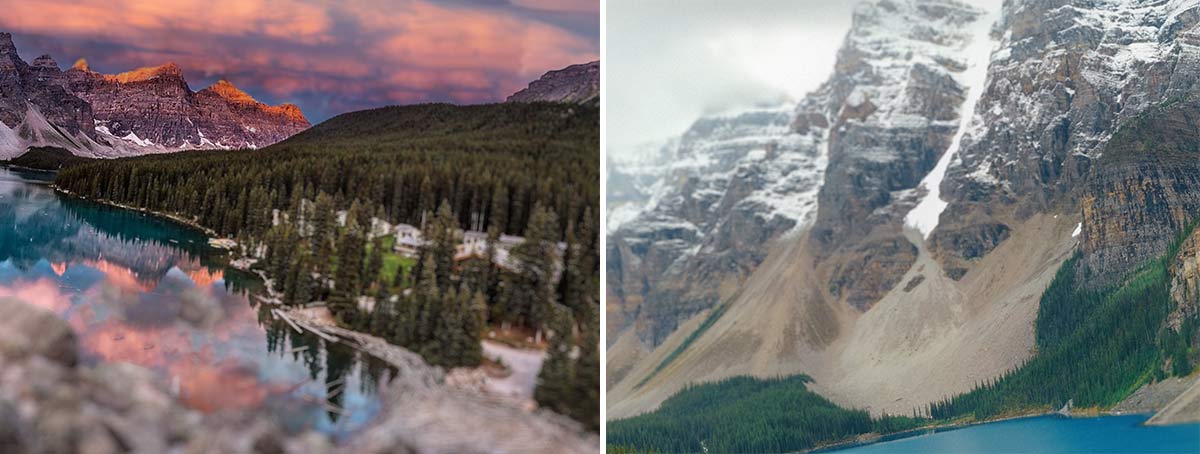
Banff National Park, Alberta
- Location: Alberta
- Established: 1885
- Highlights: Rocky Mountains, Lake Louise, Moraine Lake, Wildlife viewing (elk, grizzly bears). Hiking, Skiing
Banff National Park is renowned as Canada’s first national park, attracting over four million visitors each year. Nestled in the core of the Rocky Mountains, Banff unveils mesmerizing vistas, abundant wildlife, and a multitude of recreational pursuits, endearing itself to both Canadians and international travelers.
Jasper National Park, Alberta
- Location: Alberta
- Established: 1907
- Highlights: Athabasca Glacier, Miette Hot Springs, Wildlife viewing (moose, black bears)
Adjacent to Banff, Jasper National Park stands as Canada’s largest national park within the Rockies, presenting a tranquil and less congested ambiance. It’s a sanctuary for wildlife and unfurls some of Canada’s most exquisite natural scenery.
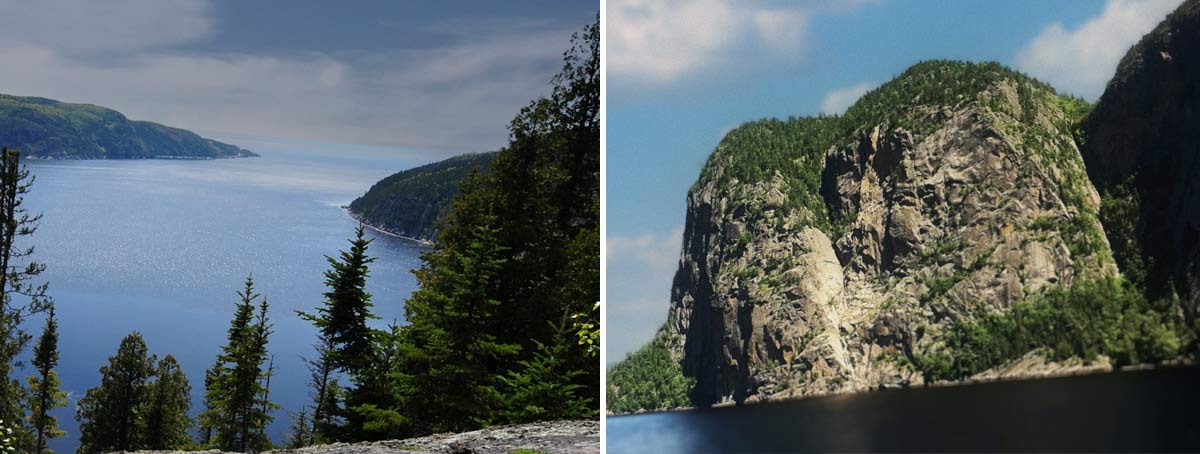
Saguenay-St. Lawrence Marine Park, Quebec
- Location: Quebec
- Highlights: Whale-watching, Birdwatching, Boating, Kayaking
Saguenay-St. Lawrence Marine Park is a distinctive marine haven favored by whale watchers. The fusion of Saguenay and St. Lawrence rivers cultivates a rich feeding ground that magnetizes marine mammals, especially whales.
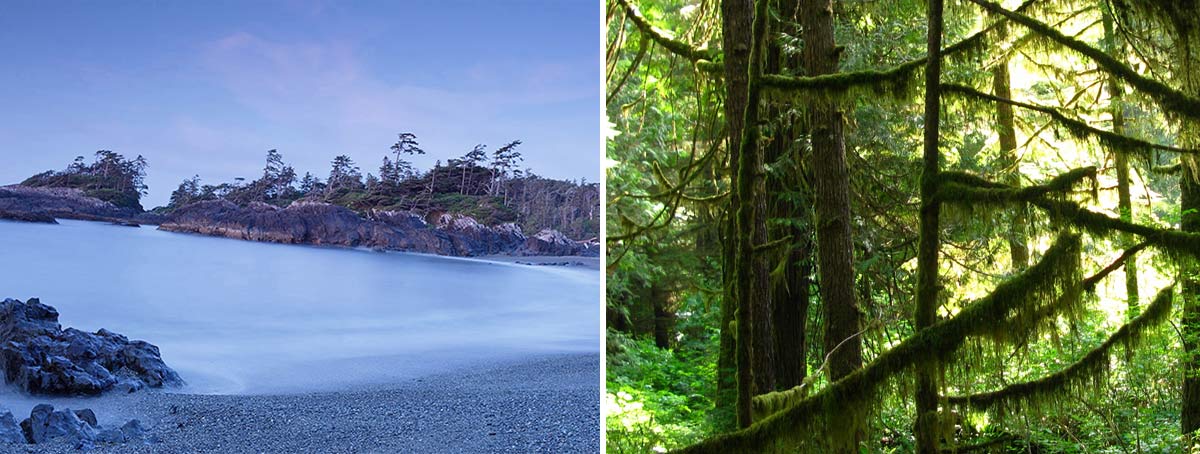
Pacific Rim National Park Reserve, British Columbia
- Location: British Columbia
Pacific Rim epitomizes the untouched Canadian wilderness with its lush temperate rainforests, unspoiled beaches, and a variety of marine life. It serves as a venture playground for adventure aficionados and nature admirers alike.
Mount Revelstoke & Glacier National Parks, British Columbia
- Location: British Columbia
These neighboring parks in British Columbia are celebrated for their breathtaking landscapes, diverse wildlife, and myriad recreational opportunities, catering to every kind of outdoor enthusiast.
Prince Edward Island National Park, Prince Edward Island
- Location: Prince Edward Island
- Highlights: Beaches, Birdwatching, Camping, Historical sites
With its expansive sandy beaches and vibrant birdlife, this park is a tranquil retreat for those seeking relaxation amidst Canada’s natural splendor.
Yoho National Park, British Columbia
- Location: British Columbia
- Highlights: Takakkaw Falls, Emerald Lake, Hiking, Wildlife viewing (elk, grizzly bears)
Yoho National Park is cherished for its towering mountain peaks, magnificent waterfalls, and picturesque lakes, providing an array of outdoor activities and wildlife observation opportunities.
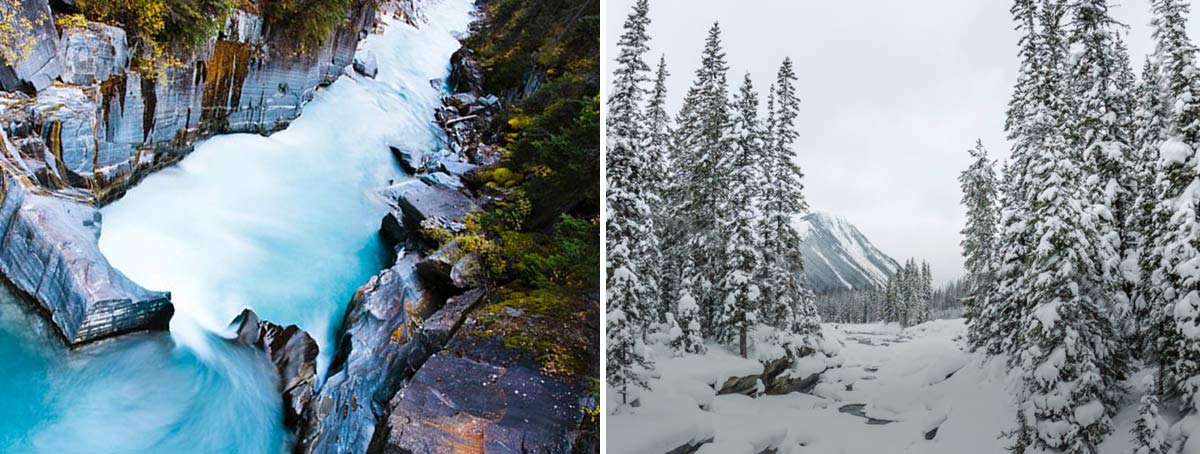
Kootenay National Park, British Columbia
- Location: British Columbia
- Highlights: Radium Hot Springs, Marble Canyon, Hiking, Wildlife viewing (bighorn sheep, black bears)
Kootenay unveils a diverse spectrum of landscapes and recreational endeavors, with its hot springs, canyons, and plentiful wildlife as major allurements.
Waterton Lakes National Park, Alberta
- Location: Alberta
Highlights: Waterton Lake, Red Rock Canyon, Wildlife viewing (bison, elk), Hiking
Situated where the prairies embrace the mountains, Waterton Lakes National Park displays awe-inspiring natural contrasts and a variety of wildlife.
Exploring Nearby First Nations Communities
In the vicinity, one can explore the rich Cowessess First Nation history and the Little Black Bear First Nation. The Peepeekisis Band Office serves as an administrative hub for its community. Saskatchewan Indian bands showcase a rich tapestry of cultures with events like the George Gordon First Nation Pow Wow being a cultural highlight.
For individuals interested in exploring further, visiting a native Indian reserve near me could lead to discoveries of facilities like Indian Reserve Gas Stations in Ontario, contributing to local economies. The Saulteaux language, among others, echoes through these lands, reflecting a profound cultural heritage.
Legal and Governance Structures
Efforts by legal entities like Maurice Law Saskatoon and governance bodies like the Tsuu T’ina Band Office underline the ongoing pursuit for justice, representation, and self-governance among the First Nations. The First Nations Election Act plays a crucial role in ensuring fair electoral practices.
The Muskowekwan First Nation in Saskatchewan serves as a leader nation among the First Nations communities, with its CCA Coordinator playing a pivotal role in aligning community initiatives with broader developmental agendas. The advocacy for Treaty 8 agricultural benefits resonates with the community’s involvement in the “Cows and Plows 2019” settlement. The focus on assistance social programs and the impact of Cows and Plows Payout 2019 Treaty 6 underscores a collective effort towards economic sustainability, extending beyond Muskowekwan to other communities like the Ojibway First Nation. The engagement in collaborative platforms like CCÀ, albeit indirectly, reflects a broader spectrum of cultural and social engagement within the Muskowekwan community.
